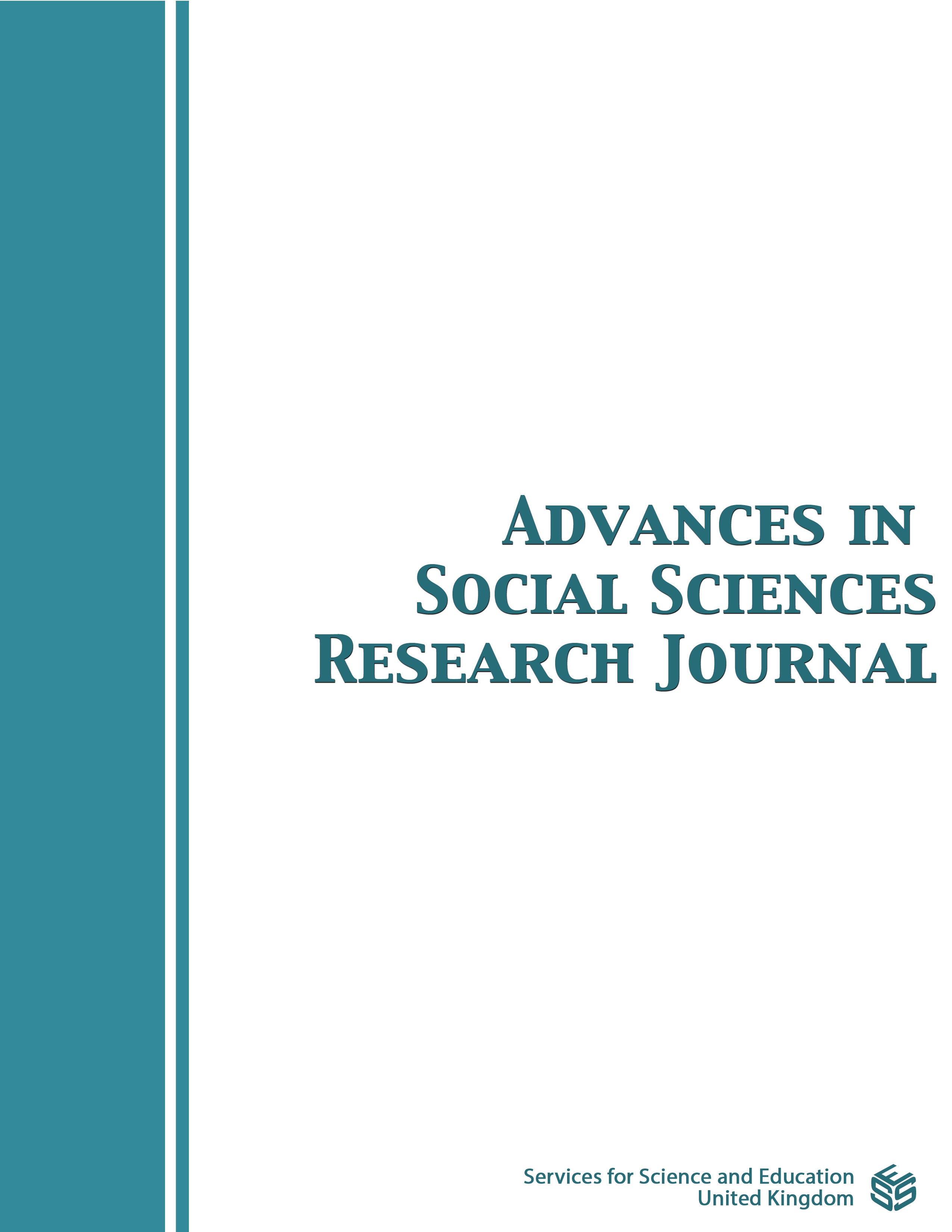An Importance Satisfaction Analysis of Hosting Events in Hangzhou, China: A Pilot Study
DOI:
https://doi.org/10.14738/assrj.106.2.14996Keywords:
Importance, Satisfaction, Quadrants, Event, Hangzhou, ChinaAbstract
This paper measures the attributes experienced by the participants that took part in The United Nations Educational, Scientific and Cultural Organization (UNESCO) meeting that was held in Hangzhou, China with respect to importance and satisfaction ratings. As this is a pilot study, twenty-nine respondents were asked to rate the satisfaction and performance of the tangible and intangible attributes based on several selection factors using the Likert scale instrument. For the importance attribute ratings, the four-point scale was used (very important, important, somewhat important and not important) and five-point scale was selected for satisfaction (very bad, mediocre, good, very good and excellent). An Importance Satisfaction Analysis (ISA) grid was constructed based on the mean of each factor and the overall mean of the perceived importance and satisfaction. As a matter of fact, there is no study that exists in getting the responses on ISA in the city of Hangzhou before and with that, again, no comparisons can be drawn. The IPA grids showed that six factors fell in quadrant one (keep up the good work) and two factors in quadrant two (possible overkill). Another six factors were in quadrant three (low priority) and three factors were situated in quadrant four (concentrate here). The finding is significant to show that continuous improvement to achieve the reliability of service delivery should be initiated and started immediately. Related authorities should focus on the key attributes presented on the ISA grid to ensure Hangzhou can fulfill the visitors’ hope and expectations for a return visit.
Downloads
Published
How to Cite
Issue
Section
License
Copyright (c) 2023 Sharifah Zannierah Syed Marzuki, Mohamad Zreik, Siti Zahrah Buyong, Sanjar Goyipnazarov, Sanjar Mirzaliev, Irmatova Aziza Bakhramovna

This work is licensed under a Creative Commons Attribution 4.0 International License.
Authors wishing to include figures, tables, or text passages that have already been published elsewhere are required to obtain permission from the copyright owner(s) for both the print and online format and to include evidence that such permission has been granted when submitting their papers. Any material received without such evidence will be assumed to originate from the authors.






